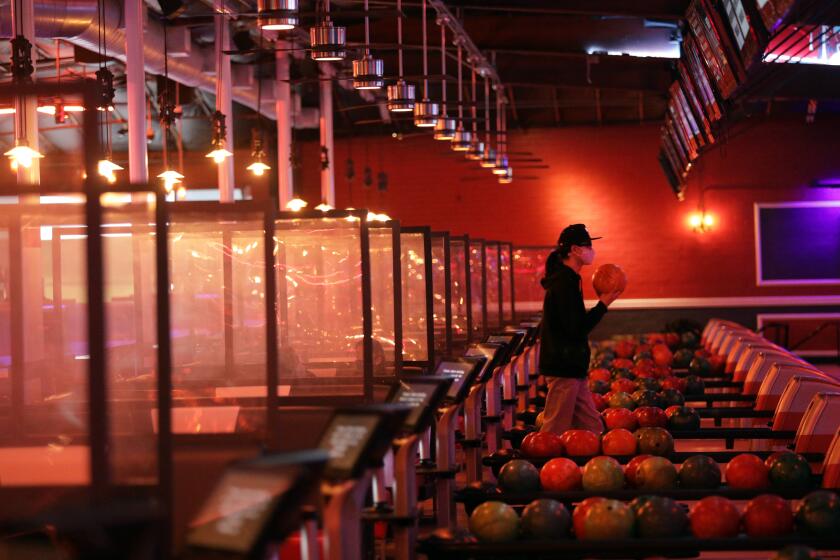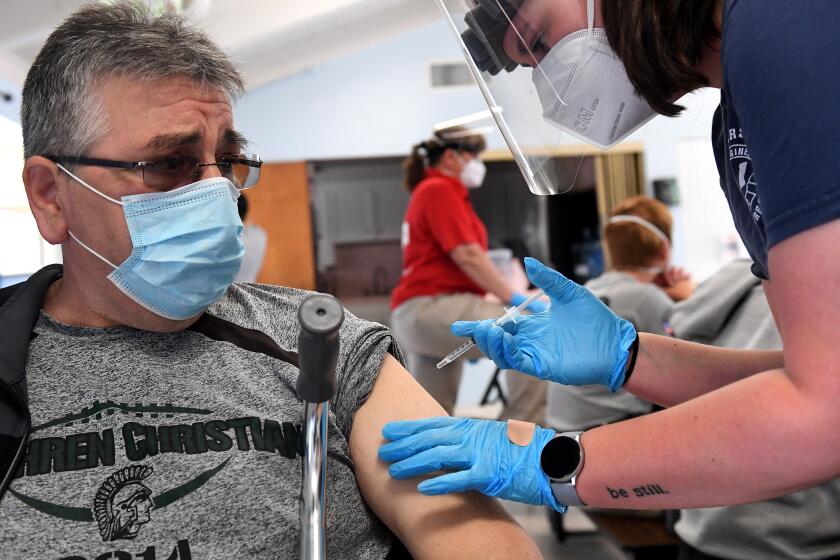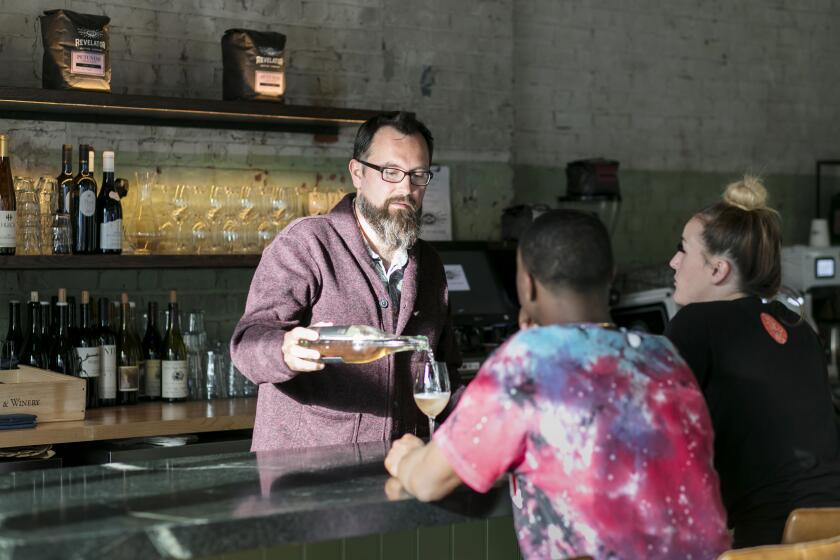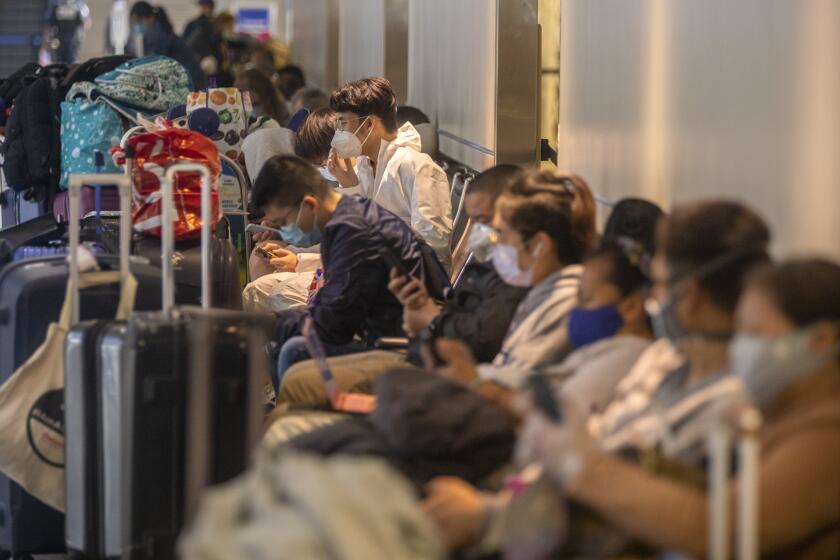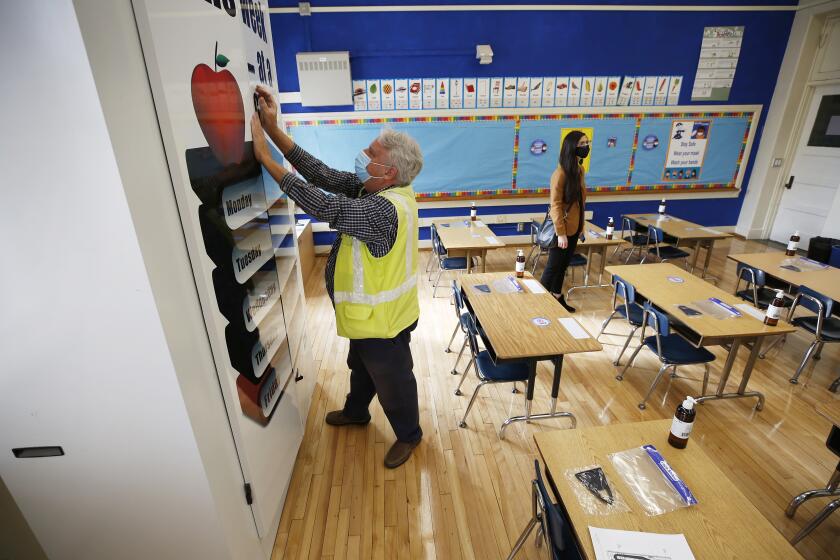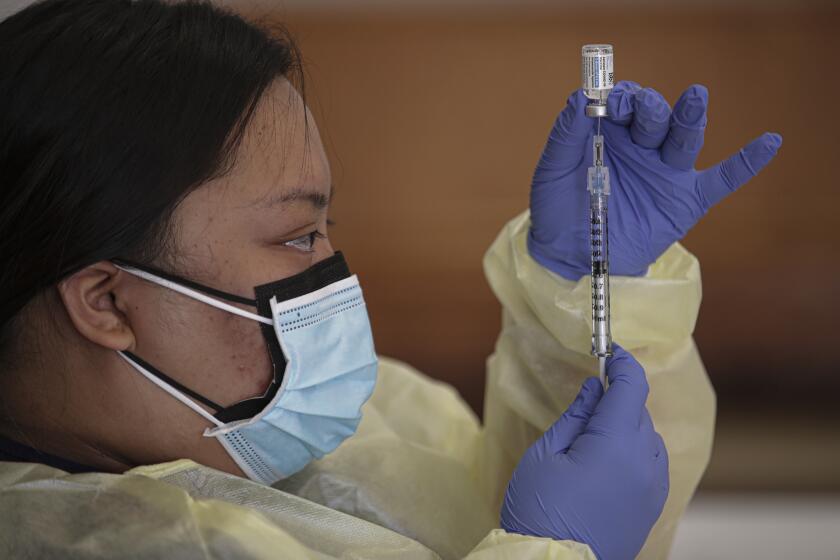How much longer can California buck spring COVID-19 surge? There are concerns
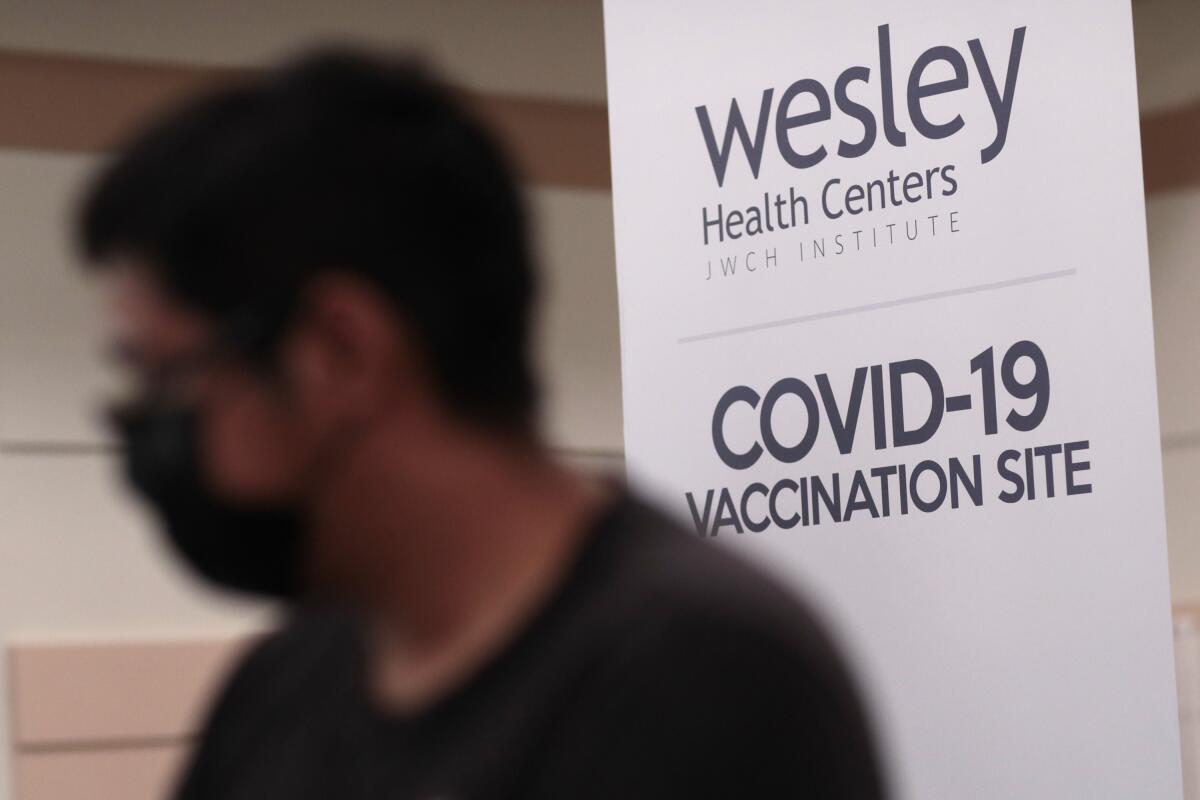
California has so far bucked the spring COVID-19 surge that has hit other parts of the country.
But for how long?
As the state gradually unlocks its economy after months of pandemic-related restrictions, officials continue to warn that failing to adhere to the public health protocols guiding the latest round of reopenings could spark another swell in coronavirus cases, reversing weeks of progress.
A single botched reopening of a venue could result in a superspreading incident, seeding new infections throughout a community if people stop taking protective measures such as wearing masks and staying away from crowds, officials warned.
Authorities pointed Monday to a case study out of Illinois, where a significant coronavirus outbreak in a rural county was linked to a single bar reopening.
âAs community businesses begin to reopen, these findings underscore the vast impact of a single event affecting communities, schools, families and fragile elderly,â Dr. Rochelle Walensky, the director of the Centers for Disease Control and Prevention, told reporters in a briefing. âAnd it emphasizes the impressive transmissibility of this virus and the continued need for ⌠reducing the number of people indoors, improving building ventilation and utilizing outdoor spaces as the weather allows.â
County officials say moving to a less restrictive category in Californiaâs reopening blueprint is a hard-fought gain in the battle against COVID-19.
Taking such steps only becomes more pressing as other parts of the country are struggling to contain what some experts worry could be a fourth wave of COVID-19, especially in Michigan, the New York area and New England.
At this point, California isnât experiencing anything close to the sharp increases seen elsewhere. However, officials are quick to caution that progress isnât predicative of what will happen in the weeks and months to come.
âOur reality, with more variants and increases in cases across the country and much of the world, and lots more intermingling here in L.A. County, is such that weâre going to need to continue following public health safety measures until more people are vaccinated if we want to hold on to our gains,â L.A. County Public Health Director Barbara Ferrer said Monday.
In a nod toward the power of vaccines, and in accordance with new federal guidance handed down last week, L.A. County on Monday issued an updated travel advisory stipulating that those who are fully vaccinated â meaning theyâre at least two weeks out from their last required vaccine dose â will no longer have to get tested or quarantine upon their arrival if they do not have symptoms of COVID-19.
California is on the precipice of administering 4 million COVID-19 vaccine doses in its most disadvantaged areas.
Despite that, Ferrer urged residents to âavoid nonessential travel during this time when there are significant hot spots across the country and the world.â
Californiaâs latest seven-day case rate per 100,000 people, 46, is the third-lowest among all states and well below the nationwide rate of 133, CDC data show.
The highest recent case rates were seen in Michigan, 452.5; New Jersey, 343.9; New York City, 303.3; the rest of New York state, 250.3; and Connecticut, 245.3.
Among larger states, the comparable rates over the same time period were 237 in Pennsylvania, 171.2 in Florida and 66.9 in Texas.
Recently, though, there have been some hints that the rate of the coronavirusâ retreat may be starting to slow in California. Over the last week, the state has reported an average of 2,705 new coronavirus cases per day â an ever-so-slight increase from the average of 2,702 daily cases recorded two weeks ago, according to data compiled by The Times.
Itâs far too soon to say whether that bump will prove to be a blip or the start of a trend.
On Monday, Los Angeles County entered the orange tier, which allows the further reopening of retailers, bars, breweries, bowling alleys and more.
However, officials have in the past warned that the state could possibly hit a plateau where the number of new coronavirus infections settles at an elevated rate for an extended period of time â a worrisome development that could not only stall reopening efforts, but also provide a springboard should transmission again become more widespread.
At this point, though, thereâs scant evidence of that. In the last seven days, only 1.6% of the coronavirus tests conducted statewide have returned a positive result â among the lowest rates on record.
âDue to improvements in reporting new test results, todayâs test numbers are higher than normal and reflect data from multiple days,â state officials wrote in a Friday update.
Recent data are also seemingly influenced by changes in reporting tests at the state level.
Roughly 619,000 test results were reported just that day, by far the most ever, Timesâ data show.
Some experts and officials remain hopeful that, even if California were to see a rise in cases, it wouldnât be nearly as disastrous as the wave that pummeled the state over the fall and winter.
A major reason for that optimism is the continued rollout of vaccines.
Nationally, there has been an 8% week-over-week increase in the average daily number of new coronavirus cases, with much of the increase in Michigan, the New York region and New England. Experts are uncertain if it will remain contained.
With hundreds of thousands of Californians rolling up their sleeves every day, the state is rapidly armoring itself against another potential surge.
Providers throughout California have doled out almost 20 million total vaccine doses to date, CDC data show, and 33.6% of residents have received at least one dose. Roughly 17.8% of Californians are fully vaccinated.
Given the worrying trends in other parts of the country, however, federal health officials have voiced great worry about reopening businesses and lifting pandemic restrictions too quickly.
A superspreading event, centered at a bar, shows why: According to a CDC study released Monday, the reopening of a single indoor bar in a rural Illinois community in February has been linked to the coronavirus infections of at least 46 people, and led to infections among bar attendees that affected a long-term care facility, leaving one resident there hospitalized, and resulted in the closure of a school affecting 650 students.
Health officials said one of the attendees of the bar reopening tested positive for the coronavirus a day before the celebration but attended anyway. The attendee had no visible signs of illness, but, as officials have repeatedly emphasized, asymptomatic people can be highly contagious and transmit the coronavirus to other people.
Asymptomatic people are believed to account for 40% to 45% of all coronavirus infections.
âEvent attendees reported inconsistent mask use and not maintaining [more than six feet] of physical distance, despite table spacing and signs encouraging physical distancing and mask use,â the report said.
The complex logistics of awakening 1,400 Los Angeles schools is reaching a crescendo this week with officials especially focused on safety.
Following the superspreader incident, the coronavirus case rate in this county â Douglas County in east-central Illinois â doubled, from about 41 to 42 new cases a day per 100,000 residents to 86 to 87 daily cases per 100,000 residents.
The bar in question could accommodate about 100 people, and four who attended the reopening also had symptoms consistent with COVID-19 on the same day of the event. The bar had no air flow coming in from the outdoors.
But, as the report illustrates, itâs never just a matter of what one establishment does on one particular day. The repercussions of a single event can ripple widely â and eventually affect those who werenât even there at the time.
Investigators with the Illinois and local health officials found that 26 patrons of the bar reopening and three employees later contracted the coronavirus; an additional 17 people who had close contact with someone who attended the bar reopening were also infected.
Those 17 secondary cases involved 12 people who lived with someone who attended the bar opening; two student athletes who had contact with an infected bar attendee at a school; and three people who had contact with an infected bar attendee at a long-term care facility.
One of the bar attendees had 26 close contacts at a school during an indoor sports practice and in-person school instruction; two student athletes later contracted COVID-19, and school officials decided to close the campus for two weeks because 13 school staff members were under isolation, quarantine or absent because their child was quarantined.
The COVID-19 response has become a race of vaccines versus variants and officials are urgently trying to get doses into as many arms as possible.
Another bar attendee who tested positive for the coronavirus worked as a certified nursing assistant at a long-term care facility. Two residents contracted the virus, as did another long-term care facility employee; one resident was hospitalized for less than 24 hours.
âThese findings demonstrate that opening up settings such as bars, where mask wearing and physical distancing are challenging, can increase the risk for community transmission,â according to the study, which was published in the CDCâs Morbidity and Mortality Weekly Report.
More to Read
Sign up for Essential California
The most important California stories and recommendations in your inbox every morning.
You may occasionally receive promotional content from the Los Angeles Times.
